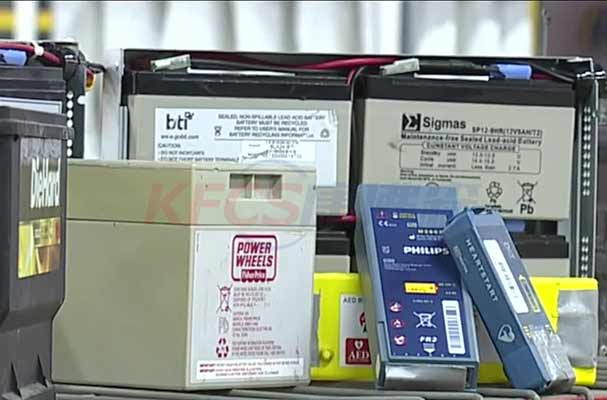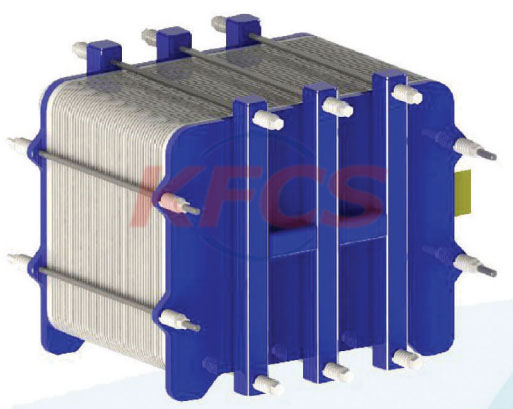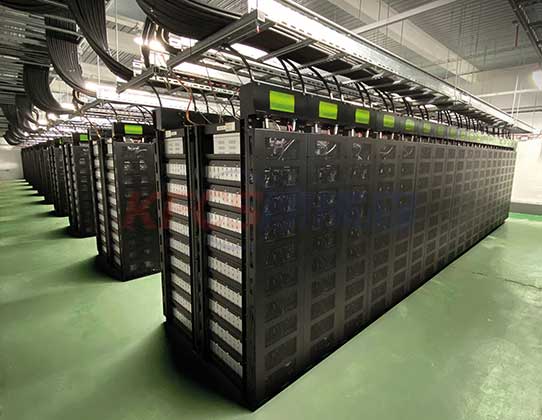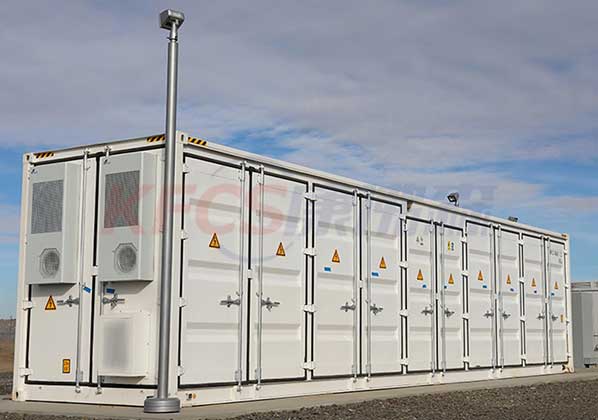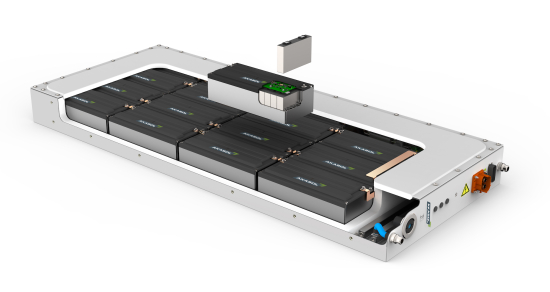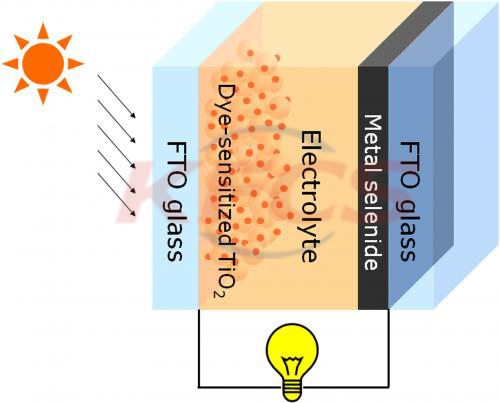An overview of all vanadium redox flow batteries
2022-01-20
The all-vanadium redox flow battery (VRB, also often referred to as vanadium battery) was proposed in 1985 by Marria Kazacos of the University of New South Wales, Australia. As an electrochemical system, a vanadium battery stores energy in an electrolyte containing redox pairs of vanadium ions of different valences. The electrolytes with different redox pairs constitute the positive and negative electrolytes of the battery respectively, and the positive and negative electrolytes are separated by an ion exchange membrane. The solution is pressed from the liquid storage tank into the battery stack by an external pump to complete the electrochemical reaction. After the reaction, the solution returns to the liquid storage tank, and the active material circulates continuously, thus completing the charging and discharging.
Features
Compared with other energy storage batteries, all-vanadium redox flow batteries have the following characteristics:
(1) The output power and energy storage capacity are controllable. The output power of the battery depends on the size and number of the stack, and the energy storage capacity depends on the electrolyte capacity and concentration, so its design is very flexible. To increase the output power, as long as the area of the stack and the number of stacks are increased, the Energy storage capacity, as long as the volume of electrolyte is increased.
(2) High security. The developed battery systems mainly use aqueous solution as the electrolyte, and the battery system has no potential explosion or fire hazard.
(3) The start-up speed is fast. If the stack is full of electrolyte, it can be started within 2 minutes, and it only takes 0.02s to switch the charge-discharge state during operation.
(4) The battery rate performance is good. The active material of the all-vanadium redox flow battery is vanadium ions of different valence states dissolved in the aqueous solution. During the charging and discharging process of the all-vanadium redox flow battery, only the valence state of the ion changes, and no phase change reaction occurs, and the response speed of charge and discharge is fast. .
(5) Long battery life. The electrolyte metal ion is only one kind of vanadium ion, which will not cause the problem of cross-contamination of positive and negative electrolyte active substances. The battery has a long service life and the electrolyte solution is easy to regenerate and recycle.
(6) The self-discharge of the battery is controllable. When the system is in F-off mode, the electrolyte in the tank does not self-discharge.
(7) Manufacturing and placement are convenient. The wave flow battery has a large degree of freedom in site selection, and the system can be fully automatic closed operation, pollution-free, simple maintenance, and low operating cost.
(8) It is easy to recycle and reuse battery materials. Most of the flow battery components are carbon materials and engineering plastics with good prices, which are rich in material sources, and will not cause pollution during the recycling process. They are environmentally friendly and inexpensive. In addition, the real-time monitoring of the state of charge (SOC) of the battery system is relatively easy, which is beneficial to the management and scheduling of the power grid.
About News
- Vanadium Redox Battery 24V 33ah Rechargeable
- The basic principle of all-vanadium redox flow battery
- Vanadium could be the next strategic resource
- Application of all vanadium flow battery in energy storage field
- Solar fiber optic lighting system
- Vanadium battery market prospect
- Tiny battery-free sensing device floats with the wind
- What are the advantages of all-vanadium redox flow battery energy storage technology?
- 32kW container type all vanadium flow battery for energy storage
- Lithium battery recycling crusher
Products



